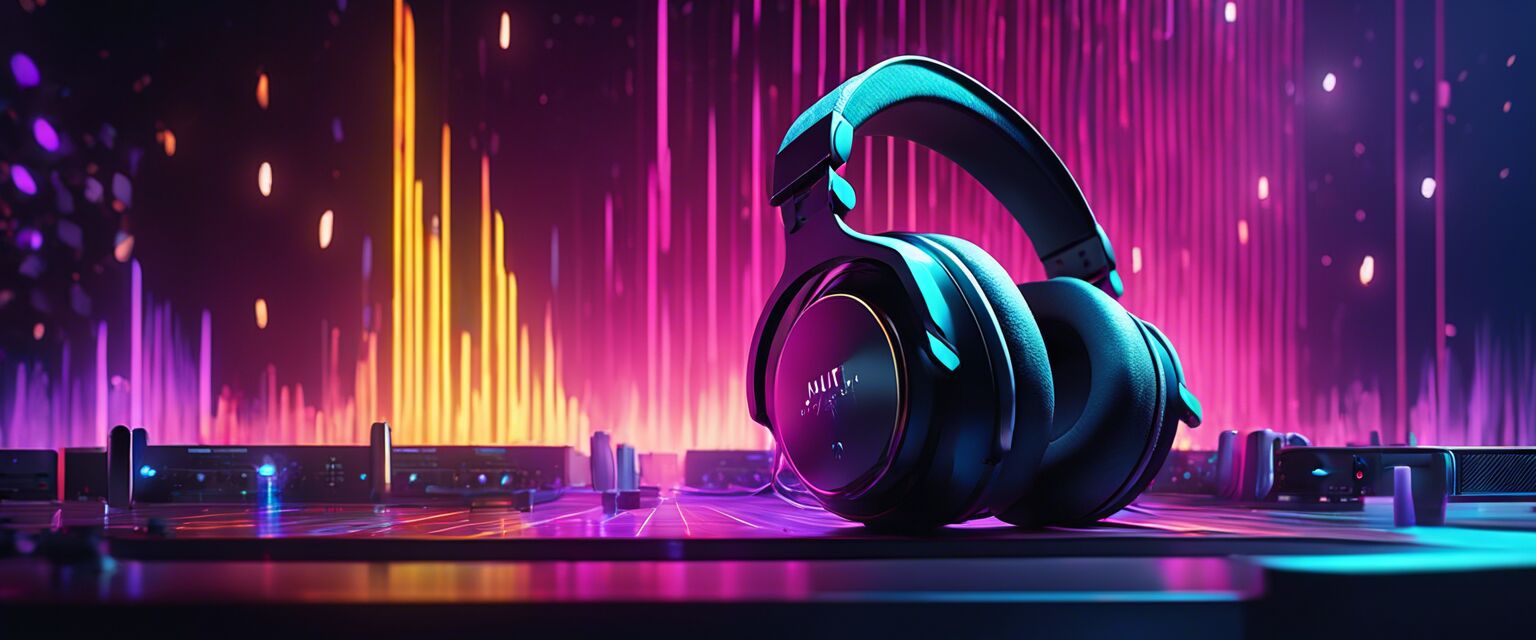
Evaluating Sound Staging in Audiophile Headphones
Key Takeaways
- Understanding sound staging enhances the listening experience.
- Use specific criteria for evaluating sound staging.
- The impact of speaker placement and headphones design affects sound staging.
- Room acoustics play a role in perceived sound staging.
- Practice evaluating sound staging to improve listening skills.
When it comes to enjoying music, audiophiles often seek the perfect pair of headphones that can deliver an immersive listening experience. One of the essential elements that contribute to this experience is sound staging. Sound staging refers to the perceived spatial location of sounds in a recording, allowing listeners to appreciate the dimensionality and separation of instruments and vocals. In this article, we will explore how to evaluate sound staging in audiophile headphones to achieve a richer listening experience.
What is sound staging?
Sound staging involves the arrangement of sound sources in a three-dimensional space. Good sound staging allows you to pinpoint the location of each sound, as if they were coming from various directions rather than directly from the headphones. This can create a more realistic and engaging listening experience, particularly for genres like classical music or live recordings.
Evaluating sound staging
To effectively evaluate sound staging in headphones, consider the following criteria:
- Width: The distance between sound sources as perceived by the listener.
- Depth: The ability to perceive sounds that seem to be coming from further away or closer.
- Height: The perception of sounds that are high or low in relation to the listener.
- Separation: How distinct different sounds can be made out from one another.
1. Width
The width of the soundstage refers to how far apart the notes or instruments appear to be in your listening environment. A wider soundstage gives the feeling of an expansive audio field.
2. Depth
Depth contributes to the perception of where sounds originate. A high-quality headphone setup will allow you to feel like you’re sitting in a concert hall, with distant sounds coming from much farther away than those that are closer to you.
3. Height
The height of sounds is particularly relevant in recordings that mix various vocal and instrumental elements. Quality headphones can make it seem like sounds are coming from above or below, providing an enriched audio experience.
4. Separation
Separation is key to understanding how well a headphone manages to keep different instruments or vocals distinct from one another. Being able to hear intricate details is essential for an audiophile experience.
Factors affecting sound staging
| Factor | Impact on Sound Staging |
|---|---|
| Headphone Design | Open-back headphones generally offer a wider soundstage compared to closed-back designs. |
| Driver Size | Larger drivers can produce more defined sound separations and a wider soundscape. |
| Listening Environment | The acoustics of the room can affect how sound staging is perceived. |
| Source Quality | High-quality recordings preserve more details and create an engaging soundstage. |
Practicing sound staging evaluation
To get better at evaluating sound staging, follow these steps:
- Choose a variety of music genres for testing.
- Pay attention to width, depth, height, and separation during listening sessions.
- Take notes on your experiences and compare across different headphones.
- Be open to how different headphones provide unique sound staging characteristics.
Listening tips
For the optimal listening experience, consider these tips:
- Use high-quality audio files or streaming services.
- Create an ideal listening environment with minimal external noise.
- Try different genres that are known for complex soundstaging.
- Adjust your headphone fit for comfort and optimal sound quality.
Improving your audio experience
By understanding and evaluating sound staging in audiophile headphones, you can significantly enhance your overall listening experience. Place a strong emphasis on the factors affecting sound staging while experimenting with different types of headphones and audio sources. This knowledge will empower you to make informed decisions when choosing your next pair of headphones.
Pros
- Enhanced listening experience.
- Increased appreciation for music production quality.
- Ability to identify sound sources effectively.
- Greater depth in musical genres that utilize multiple layers.
Cons
- Some headphones may lack adequate sound staging.
- Requires a dedicated listening environment.
- Training your ear can take time and effort.
- Differences in personal preferences and abilities.
For more insights on audio quality, check our Audio Quality Insights category. If you’re looking for tips on how to select the best headphones, feel free to visit our Headphone Buying Guides. Understanding how headphone types impact sound can also be beneficial—learn more through our discussions on Noise-Cancelling Headphones and Over-Ear Headphones.
Embracing the evaluation of sound staging not only elevates your music enjoyment but also enriches your connection to the audio world. Happy listening!